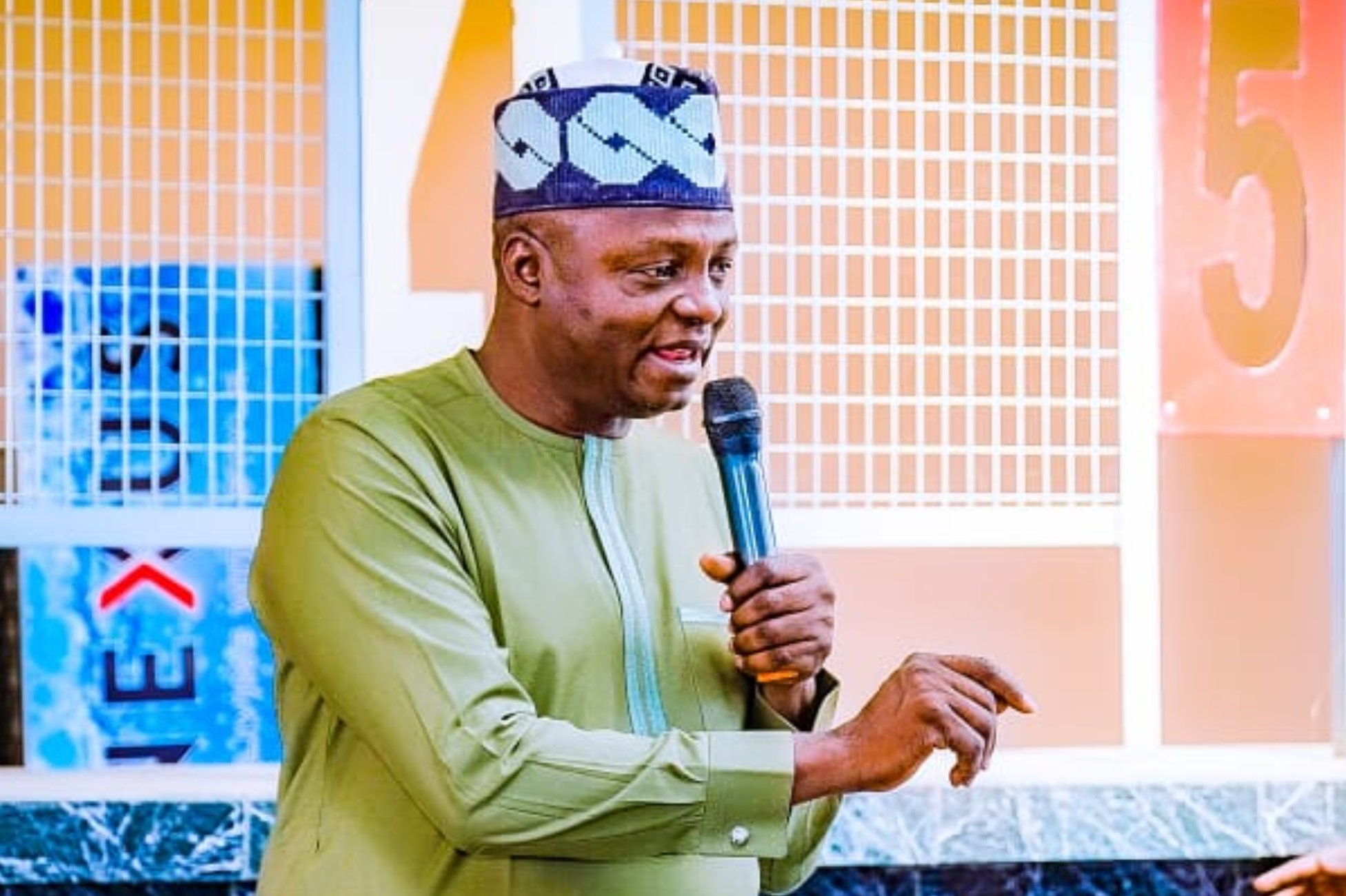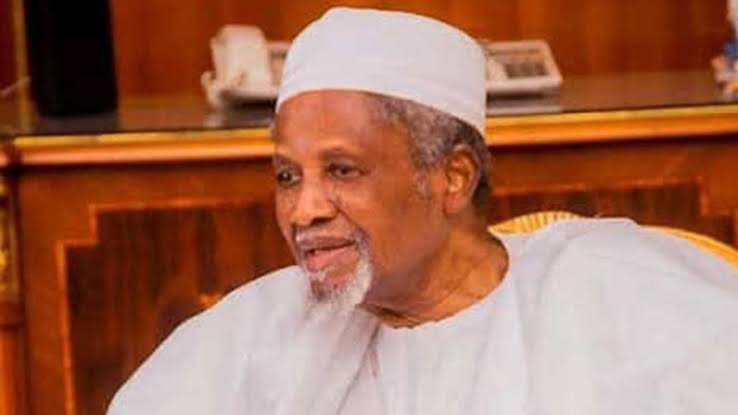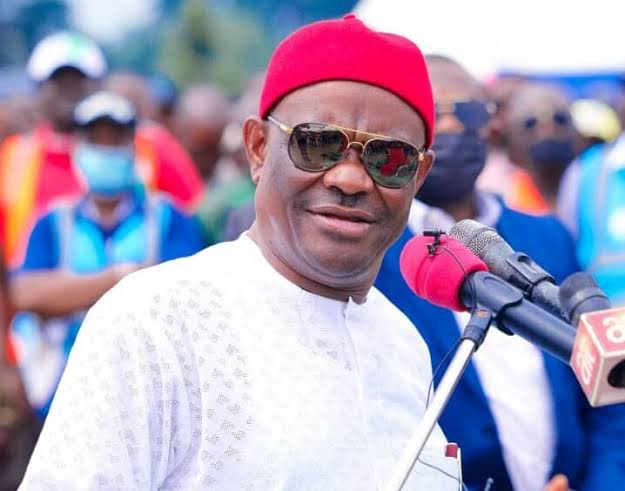
AI Joins the Fight Against Poverty: FG Uses Tech to Map and Aid Nigeria’s Most Vulnerable

In a bold and unprecedented shift in strategy, the Nigerian federal government has embraced artificial intelligence (AI) to identify and support poor citizens living in the shadows of urban slums. The move, spearheaded by the Ministry of Humanitarian Affairs and Poverty Reduction, marks a significant turning point in Nigeria’s approach to tackling poverty—one that leverages cutting-edge technology to bring the invisible into view.
Nentawe Yilwatda, the Minister of Humanitarian Affairs and Poverty Reduction, revealed this sweeping technological intervention during an interview on Arise TV Prime Time. He explained that the federal government, under President Bola Tinubu’s directive, has significantly expanded the national social register using AI tools, satellite imagery, base station triangulation, and telecoms data. This strategy has enabled authorities to pinpoint individuals residing in high-density urban slums—many of whom had previously fallen through the cracks of social welfare systems designed largely for rural populations.
“To help someone, you must first know them,” Yilwatda emphasized. “You can’t support people you can’t identify. That’s why we started by validating the social register.”
The social register, initially focused on Nigeria’s rural poor, has grown dramatically—from 13 million individuals to 19.7 million, thanks to the integration of AI. By cross-referencing satellite images of slum areas with telecoms data and financial indicators, the government has been able to locate and verify people living in extreme poverty within city boundaries. The updated register now spans both rural and urban areas, creating what the minister described as a more inclusive and reliable database for social intervention programs.
In a country where poverty remains one of the most entrenched societal challenges, this initiative comes as both a technological milestone and a policy shift. The administration is now targeting 15 million households—approximately 75 million Nigerians—through a range of anti-poverty interventions. This constitutes over a third of the national population and nearly three-quarters of those grappling with what experts call “food poverty.”
According to Yilwatda, 42% of Nigerians suffer from food poverty, meaning they struggle daily to access sufficient food. With a population nearing 200 million, this figure translates to 80 million individuals, or 20 million households. The government’s plan to support 15 million of these households suggests an ambitious attempt to provide relief to more than 75% of those in critical need.
At the core of this effort is a conditional cash transfer program. Each eligible household receives ₦75,000 to cushion the impact of poverty. Though the sum may seem modest in urban centers where inflation bites harder, the effect in rural communities has proven significant.
Research jointly conducted by the ministry, the World Bank, and civil society organizations showed that 82% of recipients used the funds to improve food security. Additionally, 52% were able to pay for school fees, and an impressive 18% launched nano or small-scale businesses. The cash transfer, while not a total solution, serves as a vital support mechanism in a nation where many live below the poverty line and are often one unexpected expense away from crisis.
Beyond short-term aid, the government is taking structural steps to address poverty more permanently. Yilwatda noted that Nigeria has made progress in stabilizing food prices and slowing food inflation—a welcome development amid global economic uncertainty and local economic strains. One key intervention includes a ₦1.5 trillion fund made available to farmers through the aggregate bank, intended to boost agricultural production and improve food availability.
Furthermore, education—a critical pillar in breaking the cycle of poverty—is also receiving attention. Scholarships are being provided to students from impoverished backgrounds to ensure that lack of funds does not become a barrier to learning. This signals a clear pivot from reactive humanitarian aid to proactive poverty reduction.
“Poverty alleviation reduces the pain; poverty reduction moves people out of poverty entirely,” Yilwatda said. “Until now, the focus was mainly on humanitarian interventions—relief materials, food distribution, and cash transfers. But that’s not enough. We’re shifting towards actually reducing poverty.”
This holistic, multi-pronged strategy—one that combines immediate relief with long-term empowerment—represents a significant evolution in the government’s approach. In past years, poverty reduction efforts often relied heavily on donations, food programs, and disaster response. The Tinubu administration, however, appears to be making a decisive break from the past, signaling a commitment to data-driven solutions and sustainable development.
Still, challenges remain. Skeptics have raised concerns about the efficiency and transparency of large-scale government programs in Nigeria, where corruption and bureaucratic bottlenecks can hinder even the most well-intentioned plans. The introduction of AI could be a double-edged sword if not managed with strict oversight, especially given the sensitivity of handling citizens’ private data.
Nonetheless, the move has been largely welcomed by development experts and civil society organizations, many of whom see the use of AI in identifying the poor as a potential game-changer. By turning the country’s digital footprint into a map of human need, the government may finally be able to reach those who have long lived at the margins, unseen and underserved.
With Nigeria facing mounting economic pressure, and millions of its citizens still living on less than $1.90 per day, the need for innovative, scalable, and effective poverty reduction solutions has never been greater. The integration of artificial intelligence into social welfare systems might just be the tool that helps the country turn the tide.
Whether this approach will serve as a long-term fix or a temporary bandage remains to be seen. But what is clear is that Nigeria is taking a leap—albeit a calculated one—into a future where technology and compassion converge. And for the millions struggling to get by, even a small transfer, intelligently directed, could be the difference between despair and a fresh start.


